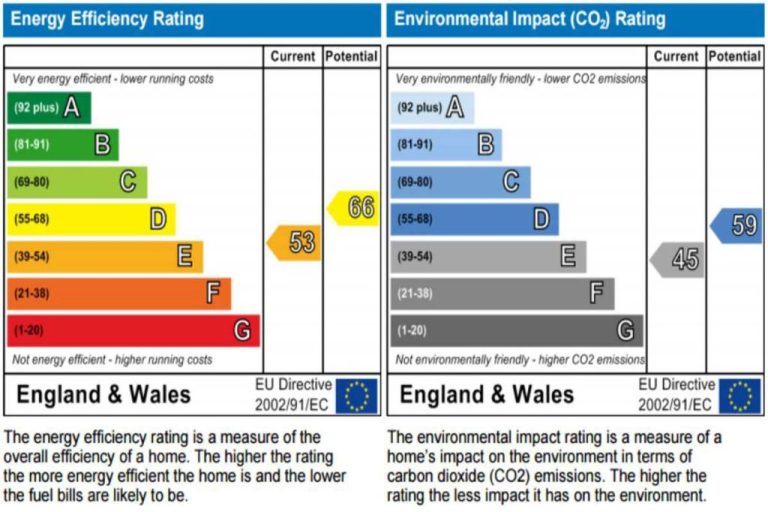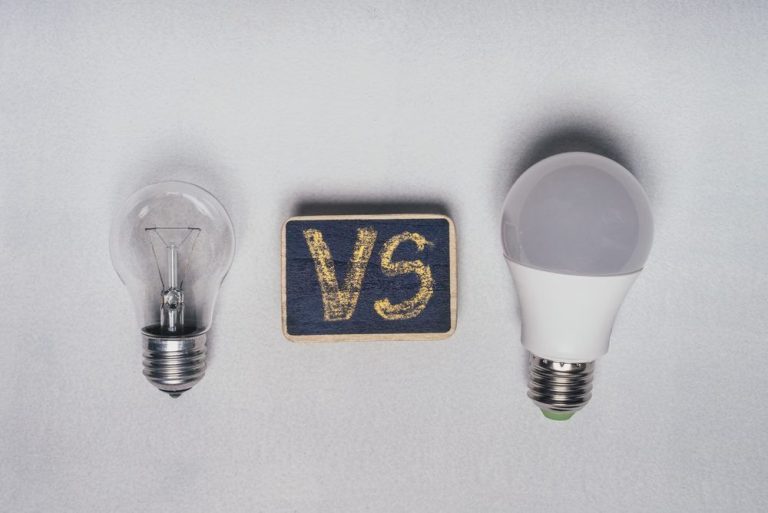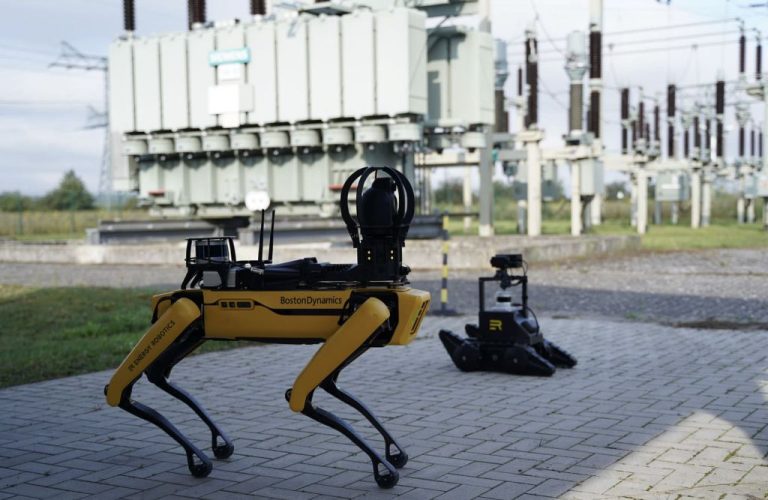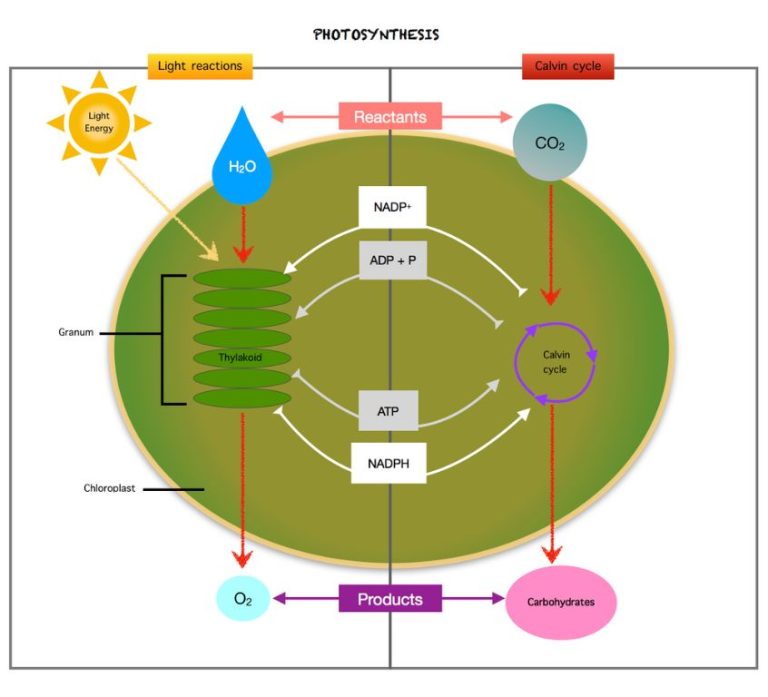What Is Electricity And Its Function?
Electricity is a form of energy that results from the existence of charged particles like electrons or protons. It involves the movement of electric charge, usually through a conductor like metal wire.
The modern understanding of electricity stems from a long history of discovery and experimentation. Ancient civilizations were acquainted with static electricity from things like lightning and touching amber. However, the link between static electricity and currents of charge was not understood until the 18th and 19th centuries with the work of scientists like Alessandro Volta, André-Marie Ampère and Michael Faraday.
Today, electricity is an essential part of modern society. It allows us to power homes, appliances, businesses, transportation and infrastructure. Electrical energy can be generated from many sources such as wind, solar, hydro, fossil fuels and nuclear power. While electricity has been used for centuries, the widescale buildout of electric infrastructure really accelerated in the late 1800s and early 1900s.
Overall, electricity is an invisible phenomenon that powers our world. Understanding its properties and how to harness it has transformed human civilization.
What is Electricity?
Electricity is the flow of electrons through a conductor. Atoms contain charged particles called electrons that orbit around the atom’s nucleus. The electrons contain a negative charge while the nucleus contains a positive charge. When electrons are able to break free from their orbit, they can flow through a material. This flow of electrons is what we call electricity.
Electricity can flow steadily in one direction, called direct current (DC), or it can oscillate back and forth at high frequencies, called alternating current (AC). In DC, the electrons flow in one direction from a power source like a battery to a device. In AC, the electrons rapidly switch direction, alternating between forward and backward oscillations. AC electricity allows efficient transmission of electricity over long distances, which has enabled widespread distribution of electric power.
Whether DC or AC, electricity is incredibly useful energy. Harnessing the flow of electrons has enabled innovations ranging from electric motors, electronics, telecommunications, electric heating and lighting. Our modern society utterly depends on electricity.
Electric Charge and Electric Field
Electric charge is a fundamental property of matter that causes particles to interact through electric fields. There are two types of electric charge – positive and negative. Positively charged particles repel other positively charged particles but attract negatively charged ones. Similarly, negatively charged particles repel other negatives but attract positives.
Charge is measured in coulombs (C). Protons have a positive charge of +1 C, while electrons have a negative charge of -1 C. Neutrally charged particles have equal numbers of protons and electrons, so their charges cancel out.
Electric charge is generated through friction, induction, and conduction. Materials are classified by their ability to conduct electric charge. Conductors like metals easily permit the movement of electrons. Insulators like plastic do not readily permit electron flow. Static electricity is an electric charge built up on an insulated object.
Electric charges produce electric fields even when they are not moving. The electric field surrounds the charge and exerts force on other charges in the field. The strength of the electric field depends on the magnitude of the charge and decreases rapidly with distance from the charge.
Understanding electric charge and electric fields is foundational to grasping how electricity functions on a basic level.
Voltage, Current and Resistance
Electricity requires the flow of electric charge, typically carried by electrons moving through a wire. This flow of charge is referred to as electric current. The strength or rate of electron flow is measured in amperes. However, electrons do not flow freely, even in conductors like copper wires. The atoms of the material provide friction that resists the flow of current. This friction is called electrical resistance.
Resistance is measured in units called ohms. The amount of resistance depends on the material’s properties. For example, copper has low resistance, allowing electricity to pass easily, while rubber has high resistance. The relationship between voltage (V), current (I), and resistance (R) is described by Ohm’s law:
V = I x R
Voltage (V) is the electric potential difference needed to drive the electric current (I) through a resistance (R). So for a given amount of resistance, increasing voltage will increase current, while decreasing voltage will decrease current. Likewise, for a given voltage, increasing resistance will decrease current, while decreasing resistance will increase current. This predictable relationship allows the safe and controllable delivery of electric power.
Electric Power
Electric power is the rate at which electrical energy is supplied by an electric circuit. It is an important parameter when designing electrical systems and choosing components like wires and fuses.
Electric power (P) is calculated using voltage (V) and current (I). The relationship is described by this formula:
P = V x I
Where:
- P is electric power, measured in watts (W)
- V is voltage, measured in volts (V)
- I is current, measured in amperes (A)
For example, if a circuit has a voltage of 120 V and a current of 15 A, the electric power is:
P = 120 V x 15 A = 1800 W
So the power supplied by this circuit is 1800 watts.
This relationship between voltage, current and power is known as Ohm’s law. It allows quick calculations of power in electrical systems once the voltage and current are known.
Electric Circuits
An electric circuit is a path through which electrons flow from a voltage or current source. Components like resistors, inductors, capacitors, switches and transistors are connected by conductors like wires and printed circuit boards to form a closed loop.
There are two basic types of circuits – series and parallel.
In a series circuit, the components are connected end-to-end in a single loop. The current passes through each component one after the other. Adding more components increases the resistance and lowers current. In a series circuit, the current is the same at each point, but voltage divides across the components.
In a parallel circuit, the components are connected between parallel wires. The current splits between the branches containing each component. Adding more parallel branches reduces the overall resistance and increases total current. In a parallel circuit, the voltage is the same across each component but the currents divide and vary.
Ohm’s law and Kirchoff’s circuit rules help analyze series and parallel circuits. Simple circuits containing 1 or 2 components like batteries, resistors, LEDs are used to understand the basic functioning before moving to more complex circuit designs.
Electromagnetism
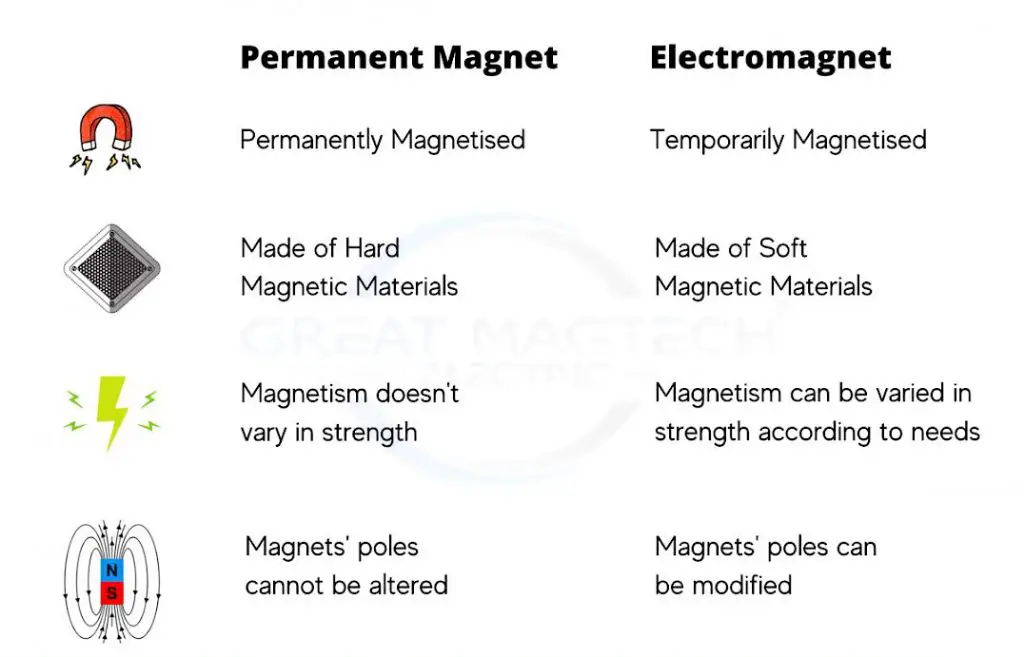
Electricity and magnetism are intrinsically linked and fundamentally related. Electrons generate
electric currents that produce magnetic fields. On the other hand, moving magnetic fields can induce
electric currents according to the laws of electromagnetic induction discovered by Faraday. The
interplay between electricity and magnetism is known as electromagnetism.
An electromagnet is a type of magnet whose magnetic field is generated by an electric current. The
ability to turn magnetic fields on and off via electricity permit electromagnets to be easily and
conveniently controlled compared to permanent magnets. Electromagnets are used in all manners of
electrical and mechanical devices from doorbells, tooudspeakers, to guided rail systems and MRI
machines. The most common electromagnet configuration involves a coil of insulated wire wrapped
around a ferromagnetic core. When current flows through the wire, a magnetic field is generated. The
strength of the magnetic field can be controlled by the number of wire coils and amount of
electric current. Unlike permanent magnets, electromagnets can be rapidly turned on and off by
controlling the electric power. Electromagnets are a crucial component underlying modern electronics
and electric motors.
Electricity Generation
Electricity can be generated from a variety of sources using different methods:
Batteries
Batteries generate electricity through chemical reactions. Primary batteries can only be used once, while secondary batteries can be recharged multiple times. Common battery types include alkaline, lithium-ion, nickel-cadmium (NiCd), and lead-acid batteries. The chemical reactions inside batteries drive electrons from the negative terminal to the positive terminal, generating an electric current.
Generators
Generators convert mechanical energy into electrical energy. They operate by moving a coil of wire through a magnetic field, which induces a current in the wire. Common types of generators include hand crank generators, hydroelectric generators, wind turbines, gasoline/diesel powered generators, and steam turbines.
Solar Panels
Solar panels generate electricity from sunlight using the photovoltaic effect. Solar cells made of semiconductor materials convert photons from sunlight into electrons, causing an electric current to flow when the solar cell is connected to a load. Solar panels can provide renewable, emissions-free electricity at the point of generation.
Electricity Transmission
Electricity is generated at power plants that are usually located far from where the electricity will ultimately be used. Therefore, the electricity must be transmitted over long distances via power grids. A power grid is a network of electrical wires and equipment used to transmit and distribute electricity over regions, countries and even continents.
For transmitting electricity over long distances, high voltage transmission is used. Electricity is generated at power plants at low voltages between 2,300 and 30,000 volts. However, for efficient transmission over long distances, this low voltage electricity needs to be stepped up to high voltages between 155,000 to 765,000 volts using transformers. By transmitting electricity at high voltages, the electric current is reduced which reduces energy losses in the wires during transmission.
The high voltage electricity is then transmitted via overhead transmission lines made of aluminum alloy reinforced with steel. Transmission lines can transmit electricity over hundreds of miles. At substations near where the electricity is to be used, transformers step down the high voltage to lower voltages suitable for distribution to homes, businesses, schools etc.
Transmitting electricity at high voltages over power grids enables the efficient transfer of electricity from power plants to end users located very far from where the electricity is generated.
Uses of Electricity
Electricity has become an indispensable part of modern life and is one of the most important and widely used forms of energy. Electricity is used in almost every aspect of our lives – for transportation, communication, comfort, healthcare, food production, and more.
Here are some of the most common uses of electricity in everyday life:
- Lighting homes, offices, streets, and public spaces through light bulbs, lamps, and other lighting fixtures.
- Powering home appliances like refrigerators, air conditioners, microwaves, washing machines, ovens and vacuum cleaners.
- Charging personal electronic devices such as mobile phones, laptops, tablets, watches and more through wall outlets or USB ports.
- Running kitchen appliances like blenders, toasters, electric kettles and coffee makers.
- Heating and cooling through heating furnaces, air conditioners, fans, space heaters.
- Entertainment through televisions, desktop computers, gaming consoles, radios and speakers.
In industry and technology, common uses of electricity include:
- Running heavy machinery and industrial equipment in factories and manufacturing facilities.
- Powering infrastructure like traffic signals, street lamps, neon signs.
- Communication networks including telephone, radio, television, and internet.
- Public transportation systems like electric trains, subways, trams and electric buses.
- Medical equipment in hospitals and healthcare facilities like X-ray machines, ventilators.
- Agriculture for electrified farming equipment, storage, processing.
- Electric vehicles including cars, bikes, trucks, boats, aircrafts.
Electricity powers the modern world. It is integral to improving standards of living, productivity, connectivity and overall human progress.


